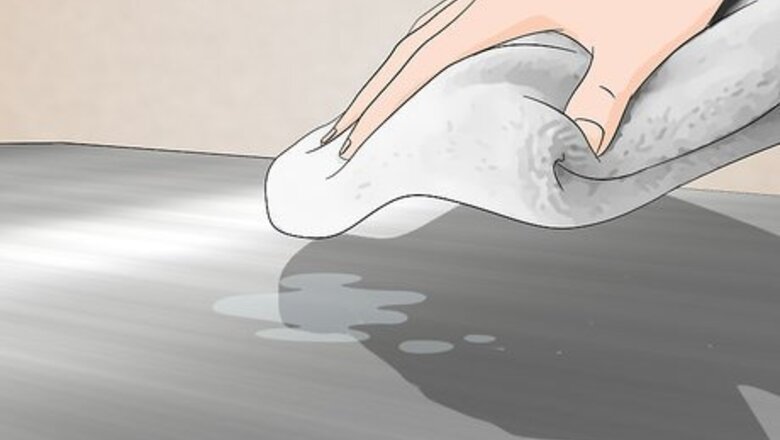
views
X
Research source
With active cleaning and polishing, you can get rid of rust and prevent any from forming in the future.
Preventing Rust
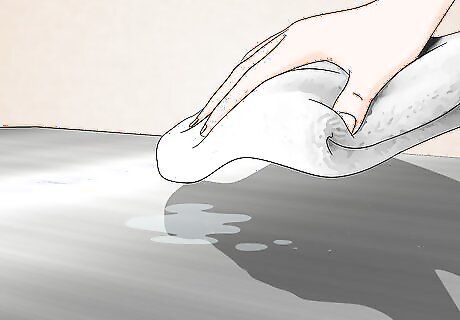
Wipe away standing water as soon as possible. If you’re washing dishes by hand, dry stainless steel immediately rather than letting it air dry. Standing water prevents the stainless steel from producing a layer of chromium oxide that normally prevents rust from forming. Exterior stainless steel is more resilient and water will evaporate from the heat of the sun.
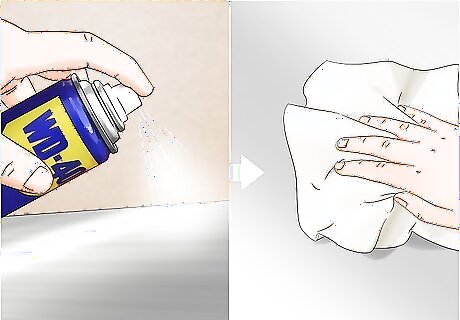
Spray WD-40 over the area. WD-40 not only acts as a method of cleaning watermarks or fingerprints, but it also helps prevent the marks in the future. Spray it evenly across the stainless steel and buff it with a clean towel. WD-40 is petroleum based and is not safe for consumption. Clean the area with soapy water after you apply WD-40 if you’re using it in the kitchen.
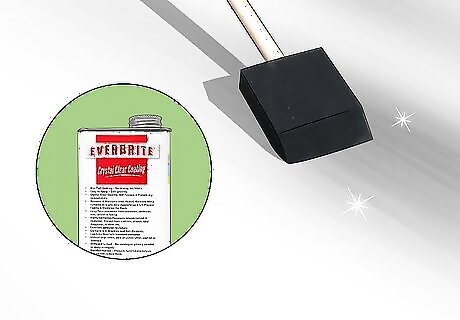
Apply a clear coating with a sponge brush. Protectants like Overbite coatings add an extra layer of protection to your stainless steel so doesn’t stain in the future. Paint the coating onto the steel completely and let it dry for 1-2 hours. Apply 2 coats for maximum protection. Pour the protectant into a metal or glass container, but not a plastic one.
Cleaning Stainless Steel
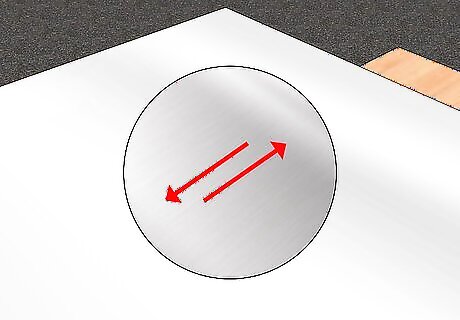
Clean with the grain of the stainless steel. Stainless steel has a grain similar to wood. Look closely at your stainless steel to see which way it goes. When you clean, make sure you only scrub in the same direction so you don’t add any scratches.
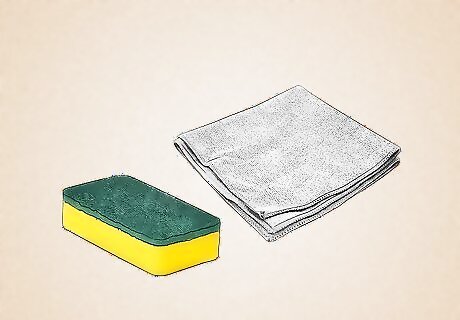
Use a microfiber cloth or plastic scouring pad. Non-abrasive tools work best and will not damage your stainless steel. Use a clean cloth so you don’t smudge or smear more grime across your stainless steel. Never use steel wool since it will scratch your stainless steel.
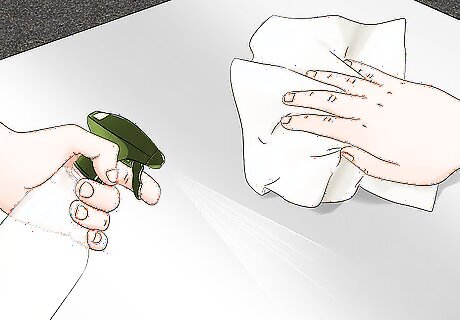
Wipe the stainless steel with water for a simple wash. Spray warm water directly onto the steel with a spray bottle or use a damp cloth to wipe any smudges away. Once you clean the stainless steel, use a dry cloth to remove any standing water. A few drops of dish soap can be added to the water to remove any extra dirt. Don’t add so much soap that the water is sudsy.
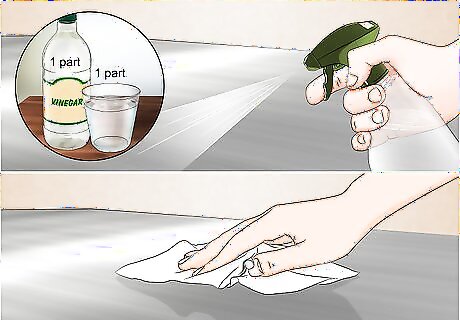
Spray a 1:1 ratio of vinegar and water onto the steel for a more effective clean. Mix the water and vinegar in a spray bottle and apply it to your stainless steel. Once you’ve sprayed the mixture, wipe it off with a dry cloth so it doesn’t streak or stain. Store the spray bottle in the fridge when you’re finished so you have it ready the next time you’re ready to clean.
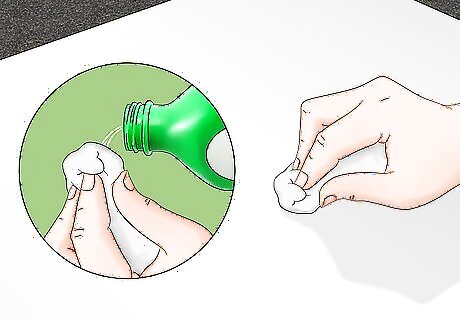
Use isopropyl alcohol for a deeper clean and shine. Wet a spot on the cloth with the alcohol and clean the steel. The alcohol will dissolve oil smudges and will dry streak-free on its own at room temperature. You can mix the alcohol with water in even parts if you want to dilute it. In this case, you should wipe the solution dry once you’re finished.
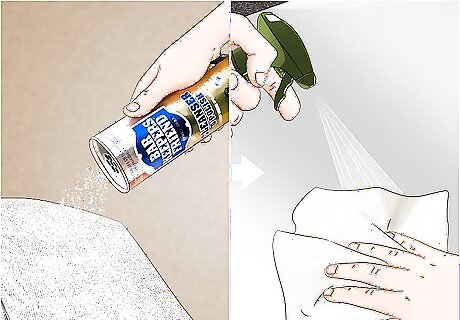
Buy Bar Keepers Friend to remove rust. Sprinkle the powder onto your cloth before you start cleaning. Spray water on the stainless steel and wipe with the cloth. Use gentle circular motions for tough stains. For resilient spots of rust or stains, make a paste by mixing Bar Keepers Friend with water and use a cleaning sponge to scrub.
Polishing Stainless Steel
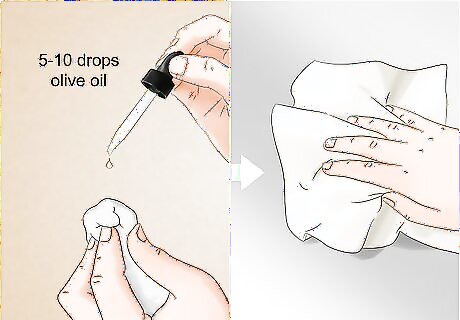
Apply a thin coat of olive oil for a natural shine. Pour between 5 to 10 drops of olive oil onto a soft cloth and wipe it onto the surface of the steel. Olive oil will add shine to the stainless steel as well as hide scratches and prevent smudging. Follow up with a dry cloth to buff the oil dry. Use an olive oil treatment every month to maintain the quality of the steel. You can use baby oil instead of olive oil if you prefer.
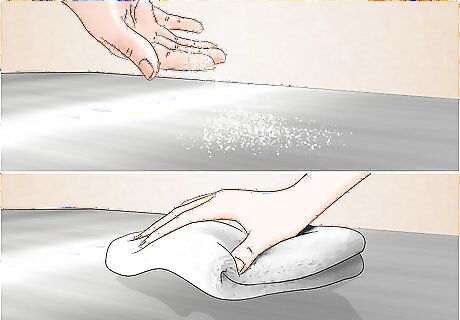
Buff a steel sink or appliance surface with flour once a month. Sprinkle flour on top of the surface or on the bottom of the sink. Rub the flour into the steel like you are waxing a car. As you go, you’ll see the surface start to shine. Make sure the surface is dry before you add the flour or else you’ll end up with a doughy goo that will stick to the steel.
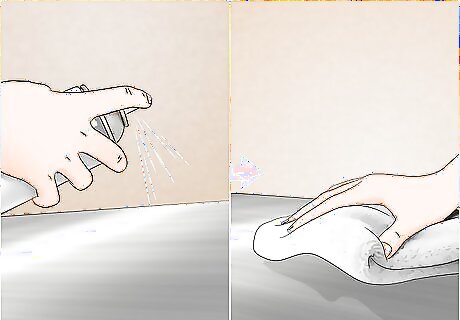
Use a polish meant for stainless steel. Spray the polish onto a dry cloth and work with the grain of the steel. Once you’ve applied the cleaner, dry it off with a microfiber rag for it to really shine. Don’t use industrial strength polish in your kitchen, since it will be stronger and could contaminate food.











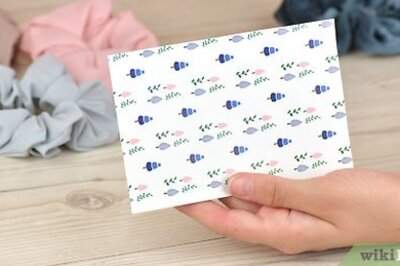





Comments
0 comment